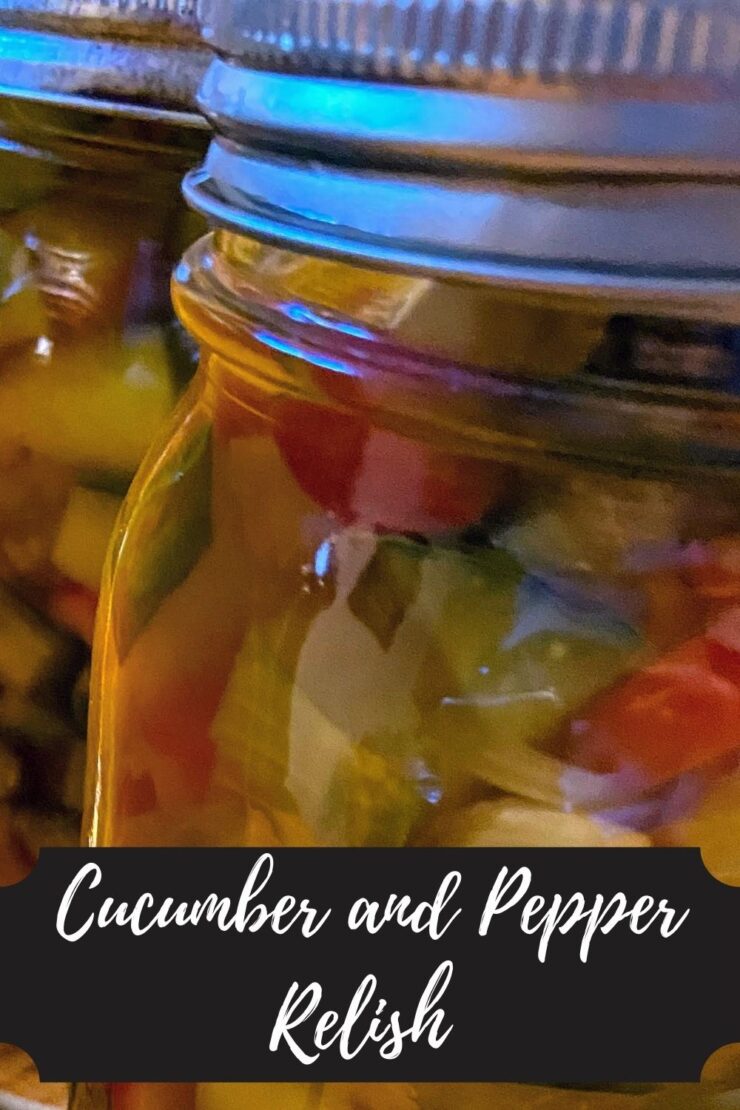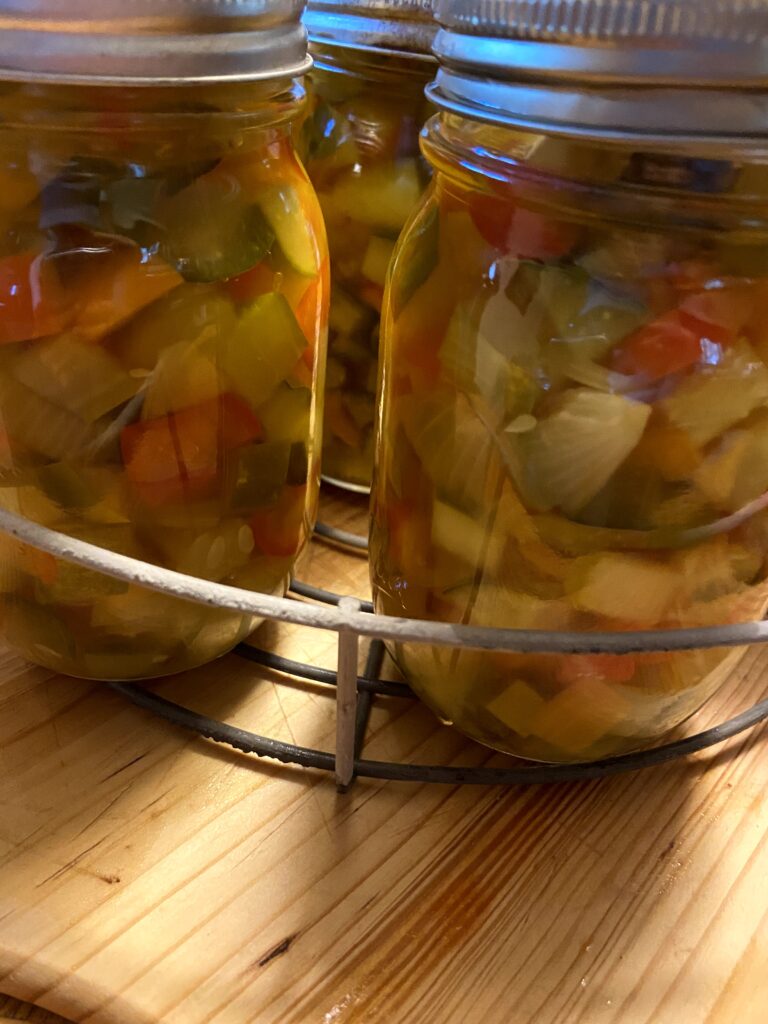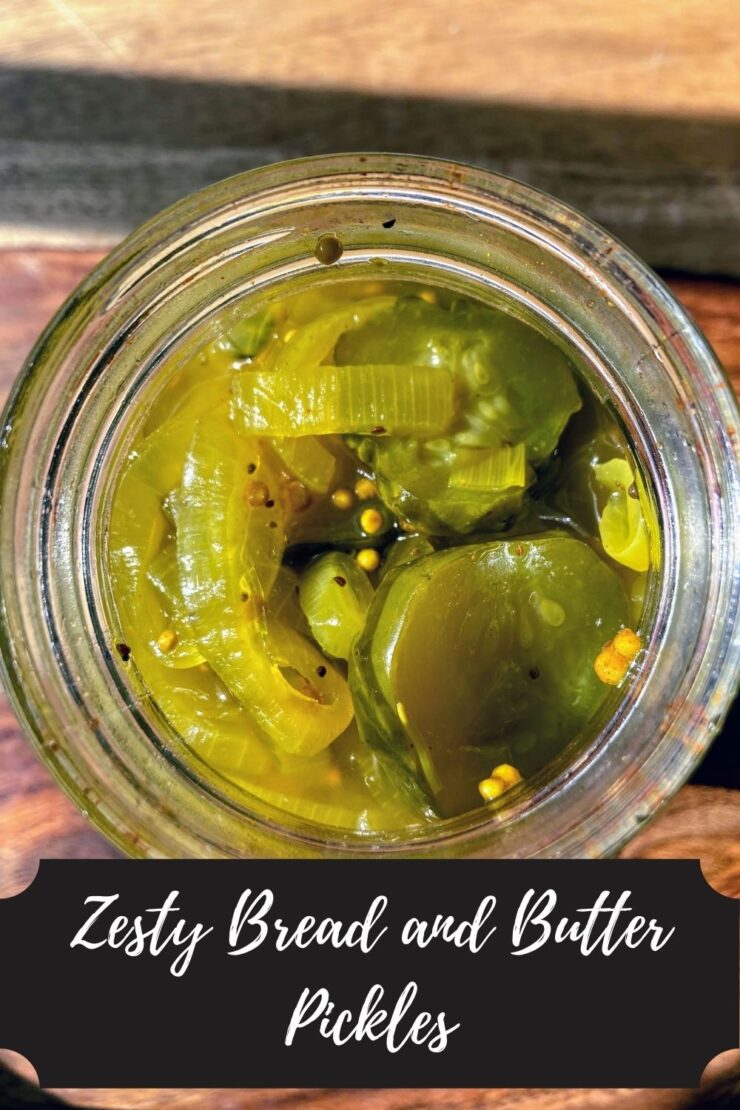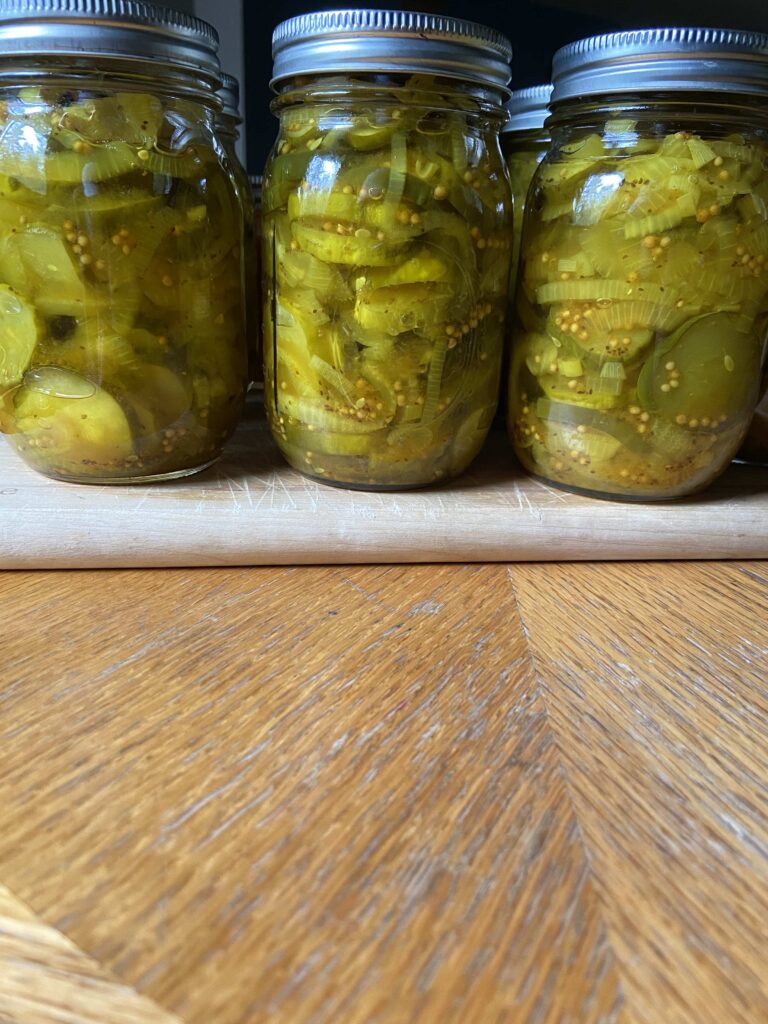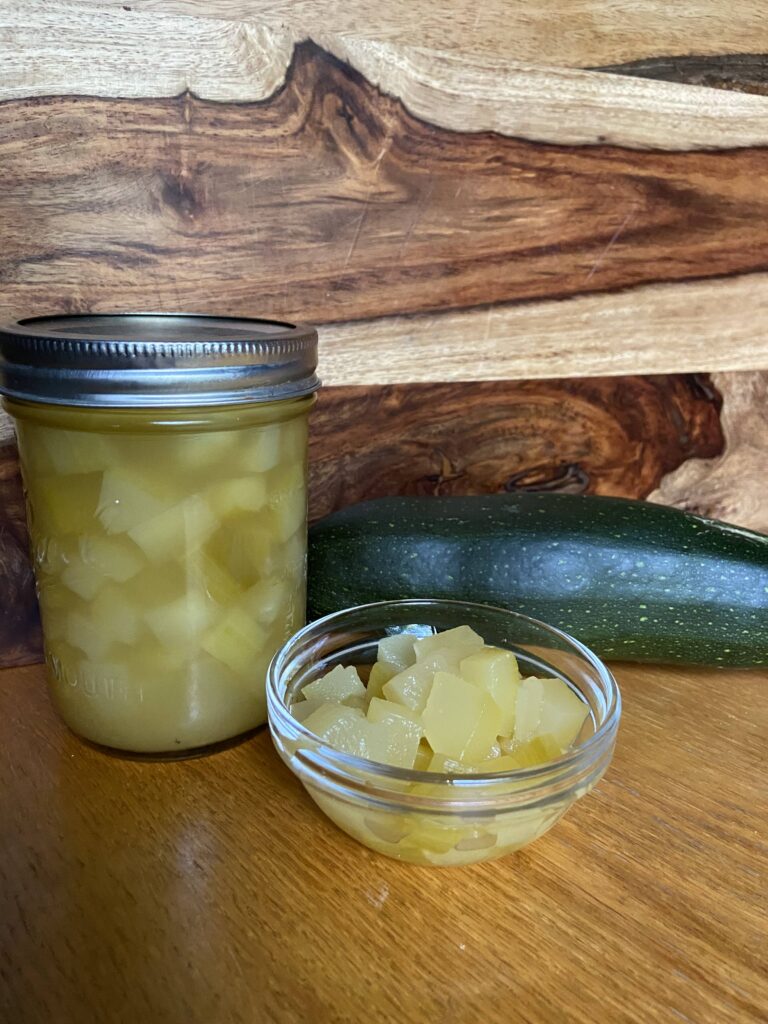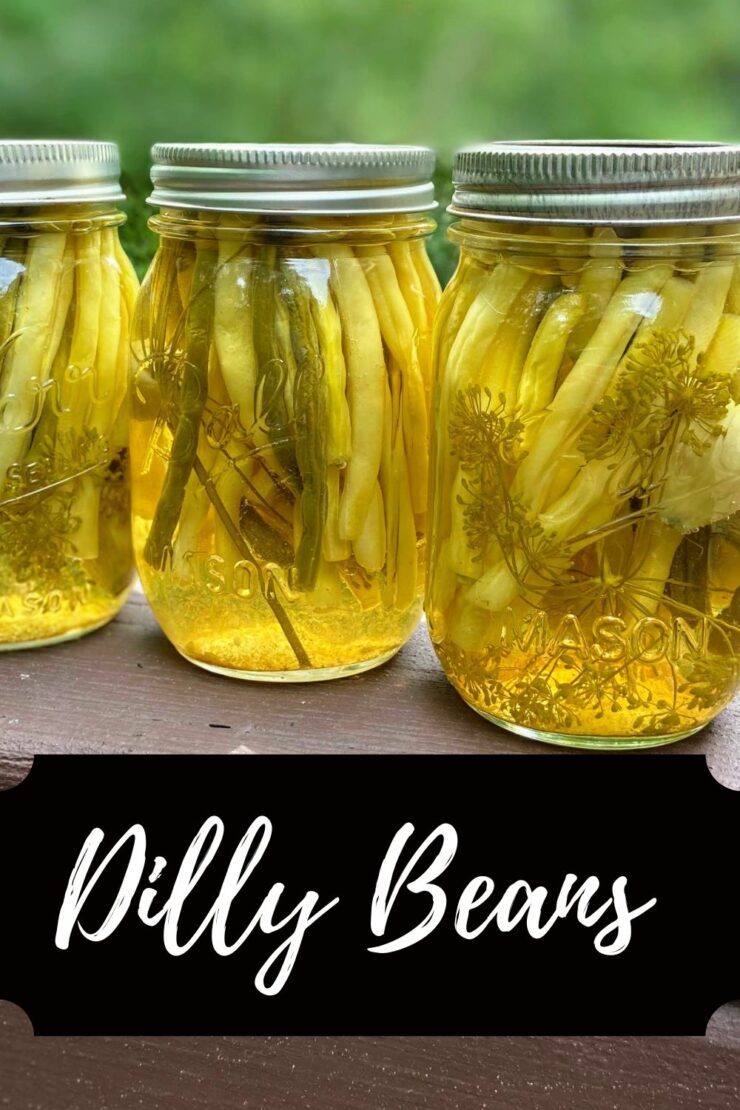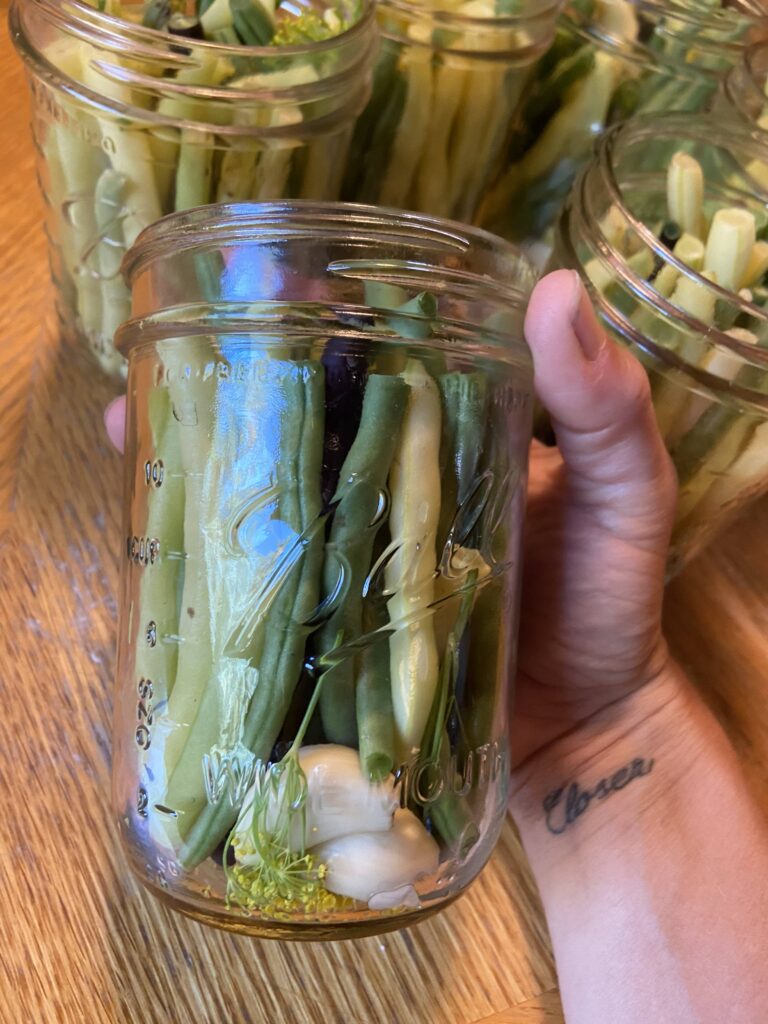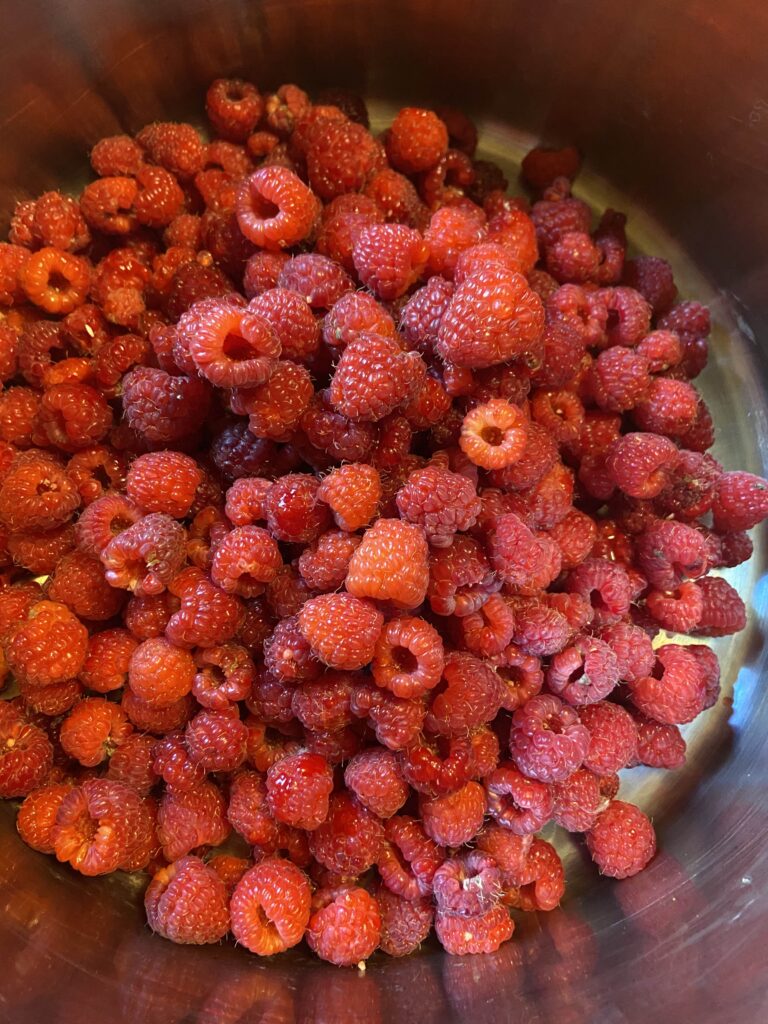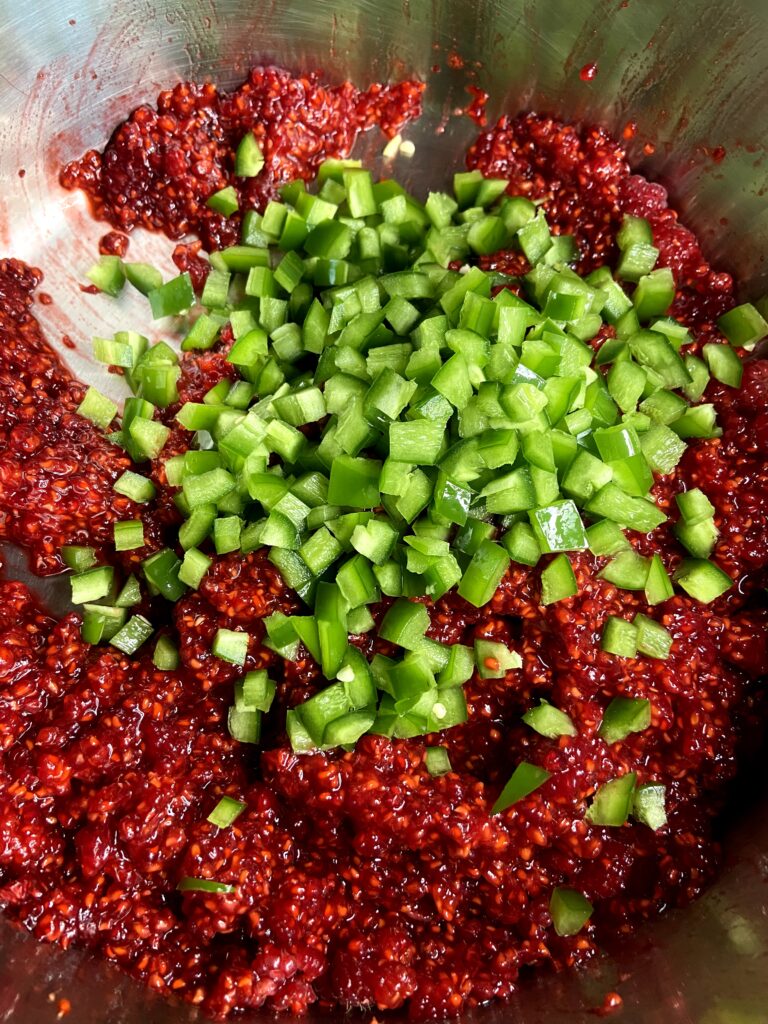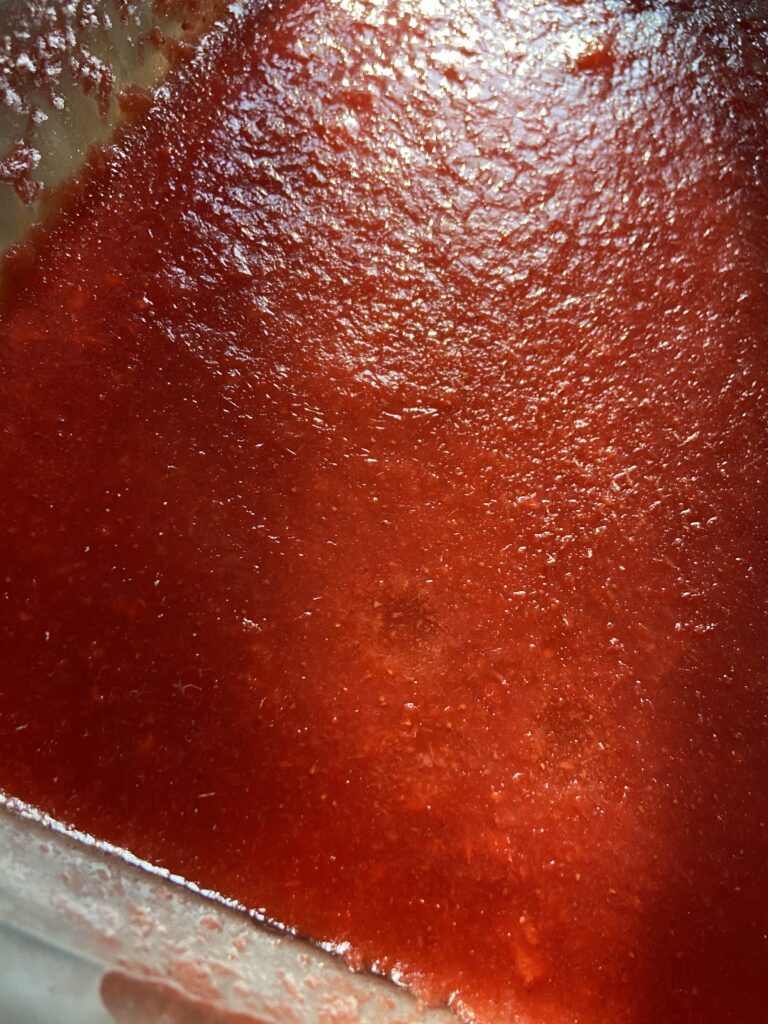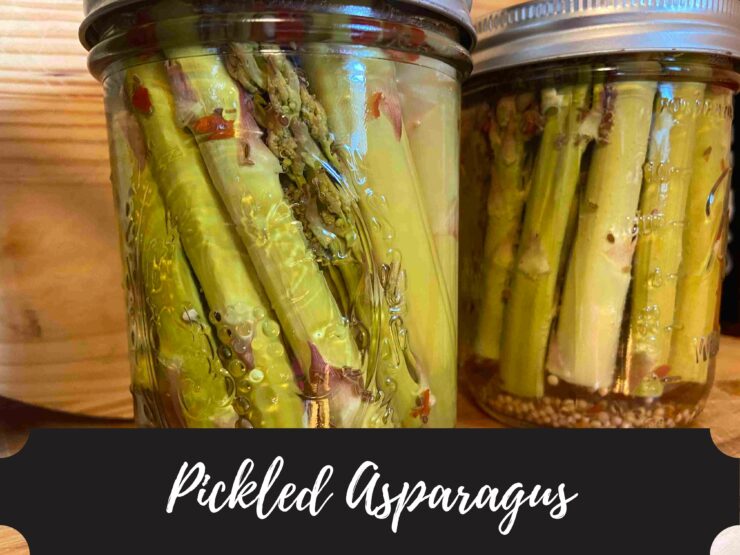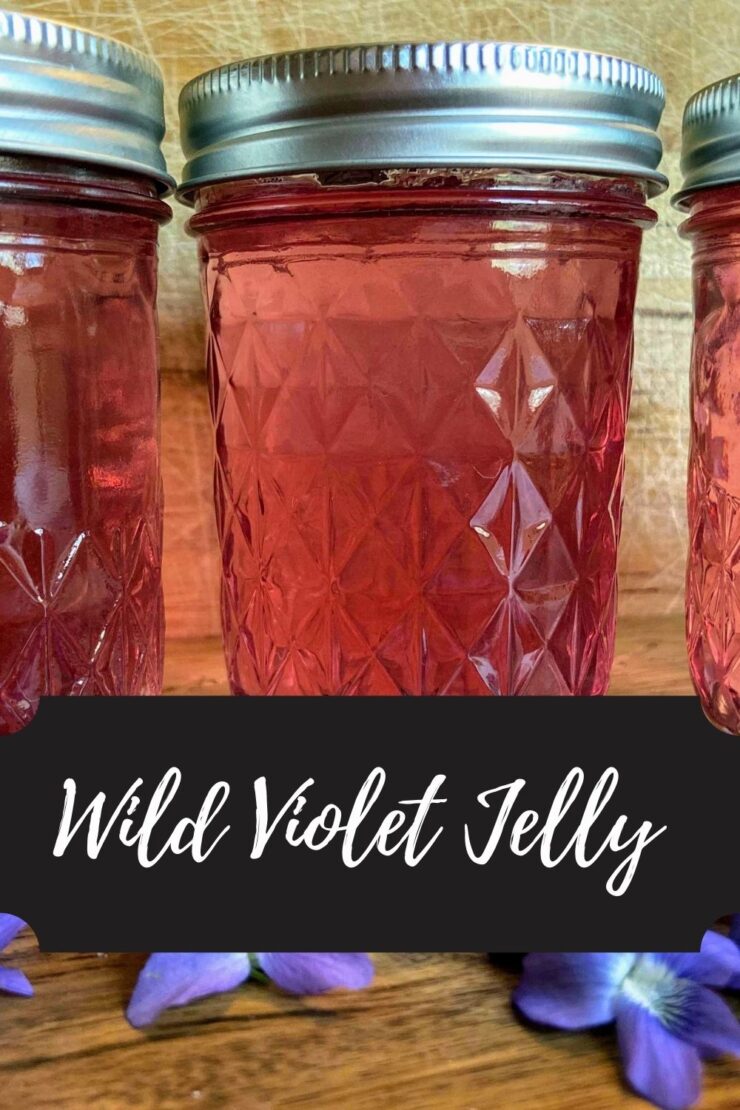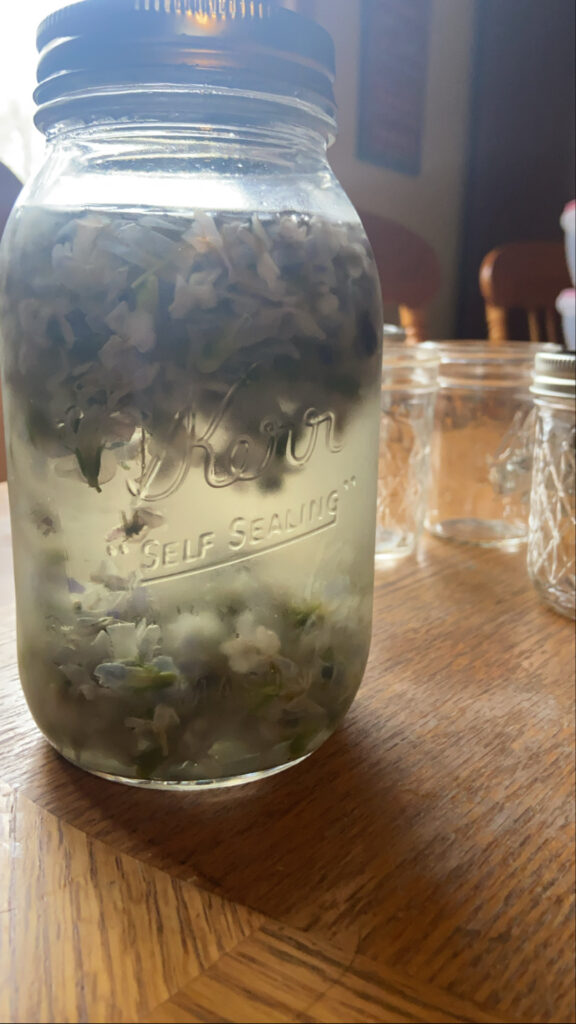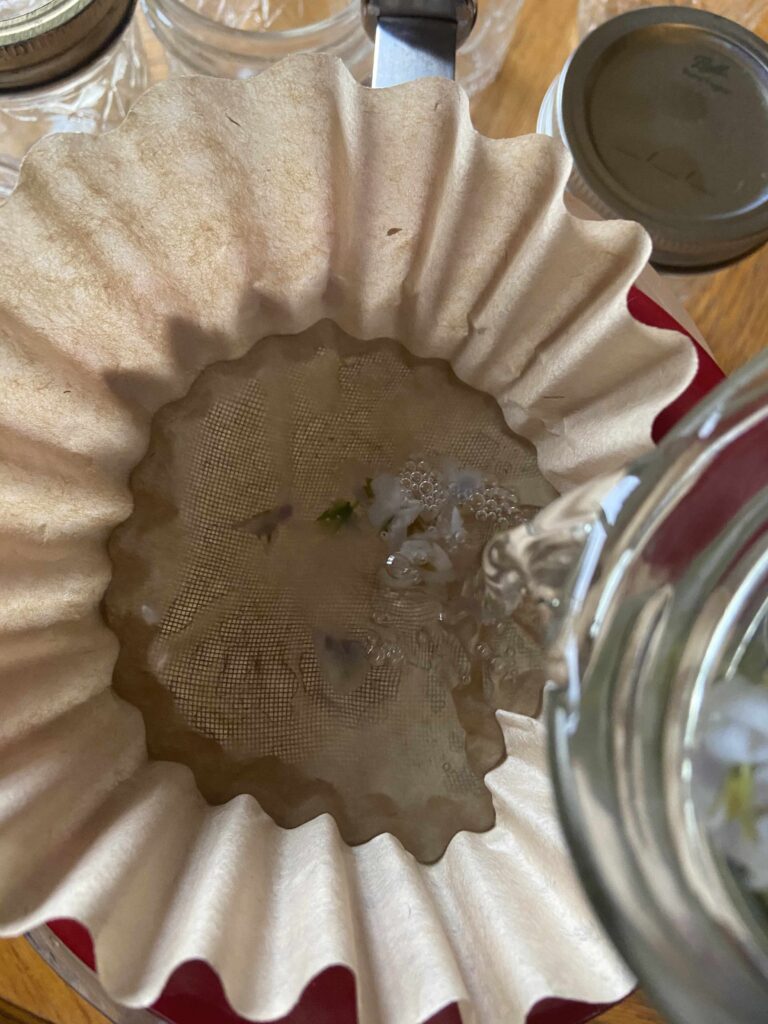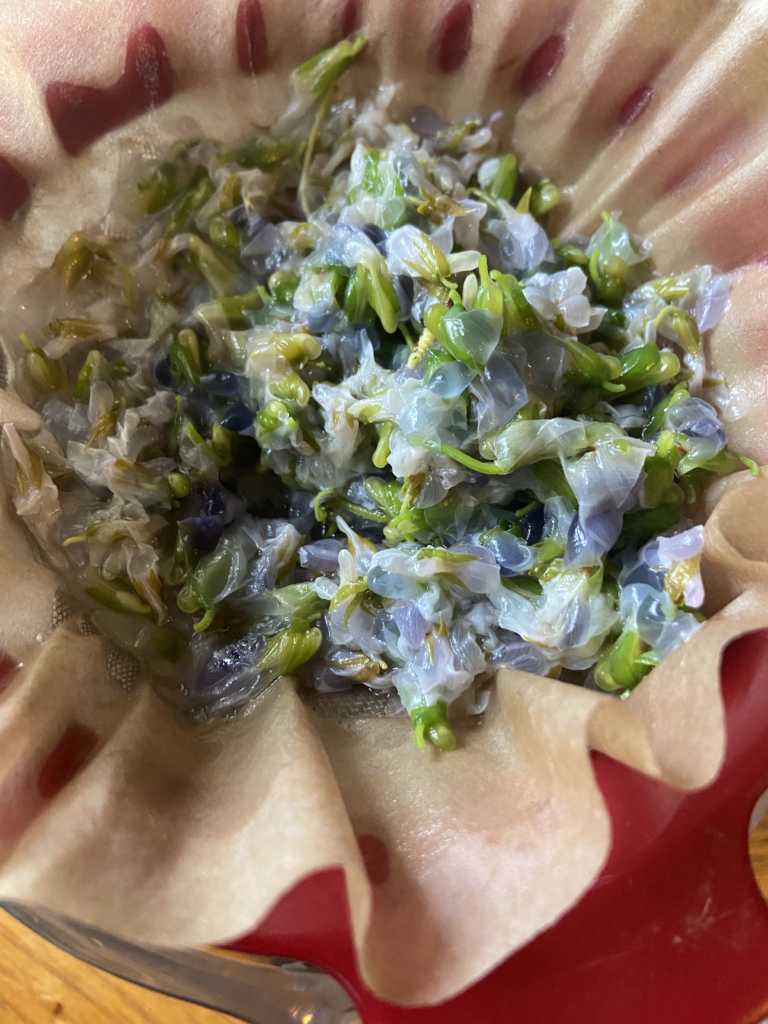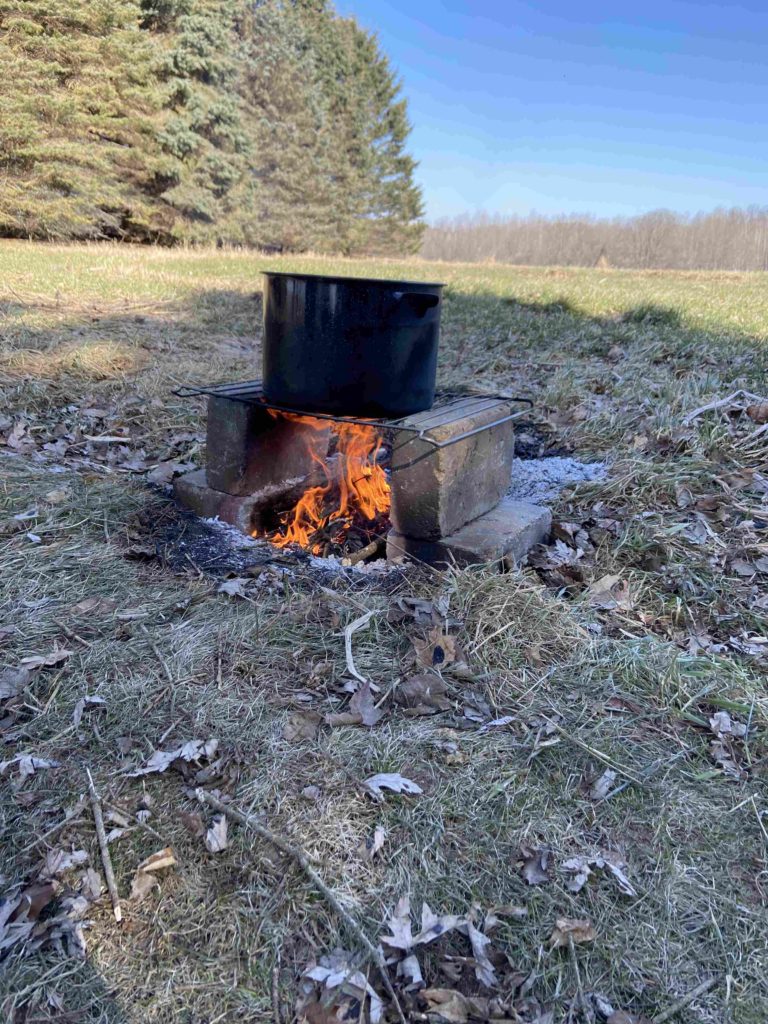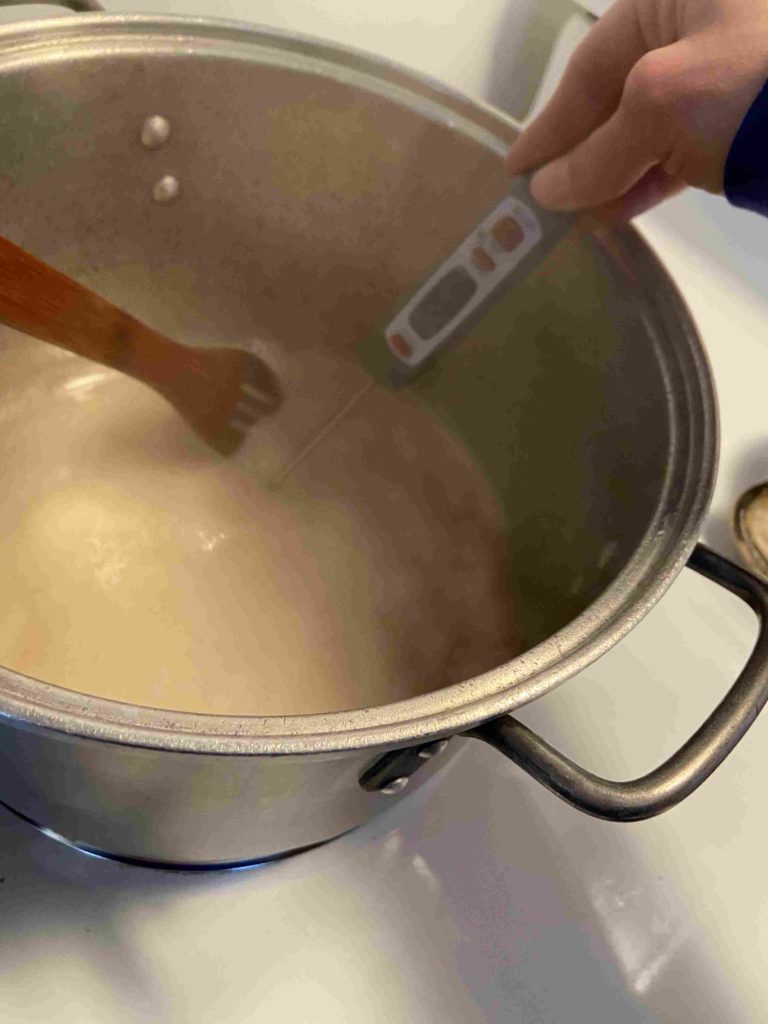A blog or two ago, I wrote about my zucchini crop and how it is producing beautifully this year. I could copy and paste that paragraph and exchange each “zucchini” with “cucumber.” It’s been a CRAZY cucumber year. A year ago, I believe I grew enough to perhaps make one batch of pickles. This year, I can not keep up and have been giving them away. Gardening life, right? It keeps you on your toes. Because of this bumper crop, I have put together more than one batch of this fantastic cucumber and pepper relish.
I don’t know about you, but when I hear relish, I think of that neon green stuff you put on top of Chicago style hot dogs. Not my jam. This, my friends, is not that kind of relish. Can you still eat this on top of hot dogs? Sure thing. But I will tell you what, I love this spice-ful relish on the side of any grilled dinner. So freaking good.
I can’t quite figure out how to describe the flavor. The cinnamon, all spice, cloves, and mustard seed provide a depth of flavor that is unreal. It’s full of chunky cut vegetables that are slightly sweet from the brown sugar and sour from the vinegar. Let’s just say this, it’s a party for your tastebuds.
One more thing before we get started! This is a great recipe to use up those cucumbers that “get away from you” in the garden. You know the ones, hiding under leaves until they are the size of your forearm. Since you are dicing the cucumbers, I reccommend cutting whole cucumbers in half length wise and then in half once again (as if you are making spears). Then you can cut out the seeds and dice from there. You’re looking for ½ inch chunks.
Okay, I lied.
I have ONE more thing. This recipe does require time to sit. You will want to start prepping about 24 hours prior to when you want to actually waterbath can it. There isn’t a lot of actually work to do beyond the chopping, but know that you will need to plan ahead for this cucumber and pepper relish.
Let’s get canning!
Your Utensils:
- Water bath canner with rack and lid
- Eight pint jars with lids and rings (wide or narrow mouth)
- Large, non reactive kettle to cook the cucumbers and onions in the pickling brine
Before you begin…
If you’re new to canning, be sure to check out Ball’s Book of Canning or The National Center for Home Food Preservation for more detailed information. I will give you the low down, but it will be short and sweet. You will want to read up more, I promise 🙂
Your Ingredients
- 8 cups chopped cucumbers
- 4 cups chopped sweet peppers (any combination of green, red, yellow, orange)
- 2 cups chopped onion
- 1 tablespoon turmeric
- ½ cup canning salt
- 4 quarts of water, divided
- 1 ½ cups brown sugar
- 1 quart vinegar, 5-6% acidity
- 2 sticks cinnamon
- 1 tablespoon mustard seed
- 2 teaspoons whole allspice
- 2 teaspoons whole cloves
Combine chopped cucumbers, bell peppers, and onions in a large, non-reactive kettle that has a cover. Sprinkle turmeric on top. Combine 2 quarts of water and canning salt, stirring until the salt has dissolved. Pour the water over the vegetables. Cover and let rest in the refrigerator.
Rest Time: 3-4 Hours
Using the cover of the kettle, carefully drain off the water. Pour remaining 2 quarts of cold water over the chopped vegetables. Cover and let rest in the refrigerator.
Rest Time: 1 Hour
While vegetables are resting, place cinnamon, mustard seed, all spice, and cloves in a spice bag (I don’t have spice bags on hand, so I use a tea pot “fill your own tea bags” that I can seal. They work marvelously. I find them at the local natural food store.) If you don’t have anything on hand, these drawstring soup bags would work great! Place vinegar, brown sugar, and spice bag in a medium saucepan and bring to a boil over medium heat, stirring to help dissolve the brown sugar.
Once 1 hour has elapsed, drain water off of vegetables. Pour hot pickling liquid over chopped vegetables and allow to cool. Cover and replace in the refrigerator one more time, likely overnight.
Rest Time: 12-18 Hours
After rest time (I just reread that, and it made me think of being in Kindergarten. Ah, the simpler times 🙂 ), begin to prepare jars, lids, and rings by washing and keeping warm. I generally set the jars in the rack of canner and have it rest above the water. Begin heating the water bath canner (make sure water will be at least one inch above jars once submerged). It is better to have too much water than too little.
Remove the spice bag. Bring the cucumber and pepper relish with the vinegar mixture to a boil over medium-high heat, be sure to stir so as not to burn to the bottom. Ladle into hot pint jars, leaving ½ inch headspace. Remove air bubbles, wipe the rim with a clean, damp cloth, and add lid and ring, tightening to finger tip tight.
Lower jars into the simmering waterbath canner. Cover, increase heat, and bring to a boil. Once a boil is reached, process for 10 minutes, adjusting for altitude (since I am over 1000 feet, I add 5 minutes, but check online for your own location). Remove the canner from heat, and allow jars to rest 5 min. Remove from the canner and allow to cool at least 12 hours before storing jars.
There is no need to tighten rings. In fact, it is recommended they are removed entirely while storing. Generally, I get between 5-6 pint jars with this recipe.

Prepped cucumbers! 
I love the color of the peppers. 
All chopped and ready to rest! 
Turmeric and water bath. Delightful. 
A few of the key ingredients and their spice bag. 
Trying to be artsy 🙂 
Ready to go! 
All canned and beautiful!
TOOLS OF THE TRADE
While you can truly can with any deep kettle and rack to keep the jars off the bottom of the canner, it is definitely easier if you invest in a few of the tools listed below!
Looking for more ways to savor summer in a jar? Check out the link below!

Cucumber and Pepper Relish
Equipment
- 6 pint jars with lids and rings
Ingredients
- 8 cups chopped cucumbers
- 4 cups chopped sweet peppers any combination of green, red, yellow, orange
- 2 cups chopped onion
- 1 tablespoon turmeric
- ½ cup canning salt
- 4 quarts of water divided
- 1 ½ cups brown sugar
- 1 quart vinegar 5-6% acidity
- 2 sticks cinnamon
- 1 tablespoon mustard seed
- 2 teaspoons whole allspice
- 2 teaspoons whole cloves
Instructions
- Combine chopped cucumbers, bell peppers, and onions in a large, non-reactive kettle that has a cover. Sprinkle turmeric on top. Combine 2 quarts of water and canning salt, stirring until the salt has dissolved. Pour the water over the vegetables. Cover and let rest in the refrigerator for 3-4 hours.
- Using the cover of the kettle, carefully drain off the water. Pour remaining 2 quarts of cold water over the chopped vegetables. Cover and let rest in the refrigerator for one hour.
- While vegetables are resting, place cinnamon, mustard seed, all spice, and cloves in a spice bag. Place vinegar, brown sugar, and spice bag in a medium saucepan and bring to a boil over medium heat, stirring to help dissolve the brown sugar.
- Once 1 hour has elapsed, drain water off of vegetables. Pour hot pickling liquid over chopped vegetables and allow to cool. Cover and replace in the refrigerator one more time for 12-18 hours.
- After the vegetables have rested, begin to prepare jars, lids, and rings by washing and keeping warm.
- Remove the spice bag. Bring the chopped vegetable and vinegar mixture to a boil over medium-high heat, be sure to stir so as not to burn to the bottom. Ladle into hot pint jars, leaving ½ inch headspace. Remove air bubbles, wipe the rim with a clean, damp cloth, and add lid and ring, tightening to finger tip tight.
- Lower jars into the simmering water bath canner. Cover, increase heat, and bring to a boil. Once a boil is reached, process for 10 minutes, adjusting for altitude (since I am over 1000 feet, I add 5 minutes, but check online for your own location). Remove the canner from heat, and allow jars to rest 5 min. Remove from the canner and allow to cool at least 12 hours before storing jars.

